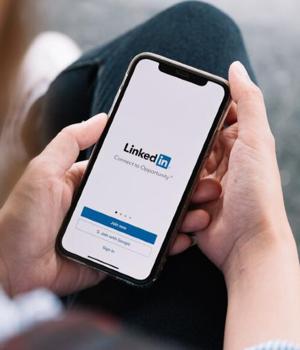Security News > 2021 > November > Don't fall for LinkedIn phishing: How to watch for this credential-stealing attack

Learn how to detect phishing on LinkedIn and protect yourself from it.
Abusing LinkedIn is one of those techniques that is very effective because a lot of professionals use and depend on LinkedIn for their activities or work relationships.
Kaspersky also warns about phishing emails abusing LinkedIn which leads to a completely different content.
Figure D. Financial crimes from LinkedIn phishing.
Some phishing is done to collect direct LinkedIn credentials, or to entice the user to provide other credentials, like personal or corporate email or even phone number or credit card information.
As seen in this article, LinkedIn phishing can sometimes be tricky to detect.
News URL
Related news
- Phishing kits now vet victims in real-time before stealing credentials (source)
- iOS devices face twice the phishing attacks of Android (source)
- Phishing Campaigns Use Real-Time Checks to Validate Victim Emails Before Credential Theft (source)
- Windows NTLM hash leak flaw exploited in phishing attacks on governments (source)
- CVE-2025-24054 Under Active Attack—Steals NTLM Credentials on File Download (source)
- Three Reasons Why the Browser is Best for Stopping Phishing Attacks (source)
- Phishing detection is broken: Why most attacks feel like a zero day (source)
- DPRK Hackers Steal $137M from TRON Users in Single-Day Phishing Attack (source)
- Low-tech phishing attacks are gaining ground (source)
- MintsLoader Drops GhostWeaver via Phishing, ClickFix — Uses DGA, TLS for Stealth Attacks (source)